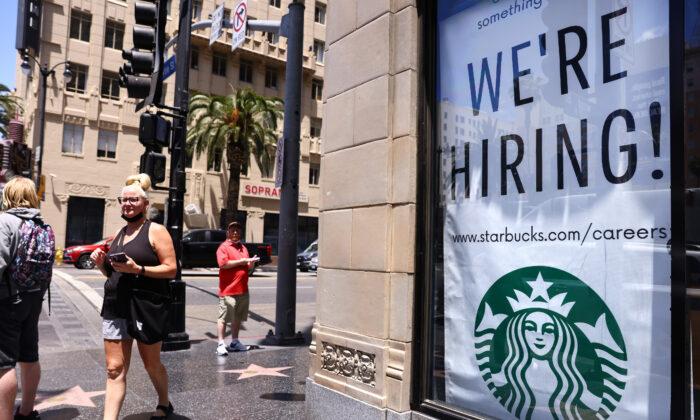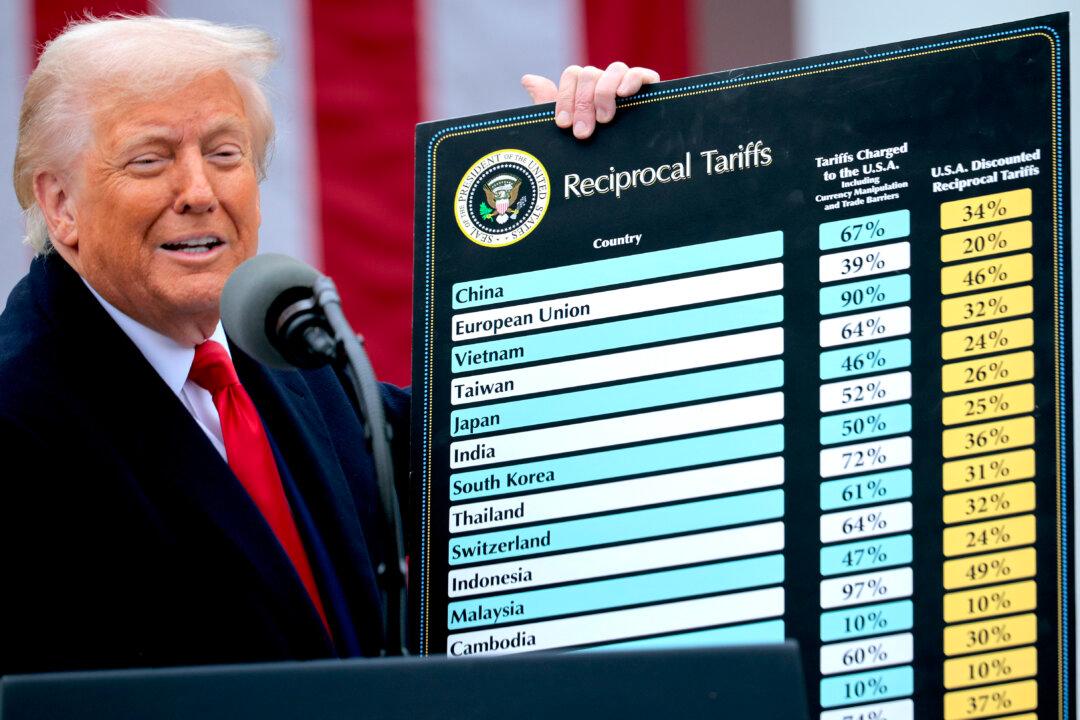The U.S. economy is suffering from a labor shortage, posing a difficult puzzle for economists and policymakers to solve.
The pandemic has deeply disrupted the labor market, with lockdowns causing millions to leave the workforce last year. While many businesses have reopened their doors, bringing back former employees, or hiring new workers, has never been so challenging. And the increasing imposition of vaccine mandates is making the problem worse.
Meanwhile, Americans are quitting their current jobs at a record pace. The Labor Department data showed that quits increased to 4.3 million in August, the highest on records dating back to December 2000.
Adecco, the world’s second-largest human resources provider, defines this new era of work as “The Great Reevaluation.”
“Workers are reevaluating their priorities,” says Sara Gordon, vice president and head of customer success at Adecco.
“Your job used to be the thing that you planned your life around, and now it’s really shifted to your family, your health, and your mental well-being.”
Many workers prefer flexibility over salary, she said, adding that an increasing number of people in the traditional workforce, especially those in retail and hospitality, would like to take a part-time or a work-from-home job.
This new trend makes business owners very nervous. They have blamed expanded unemployment benefits and pandemic stimulus payments for the labor shortages.
The ongoing labor shortage is “the single most significant threat to America’s economic recovery,” according to the U.S. Chamber of Commerce, the nation’s biggest business lobbying group.
“Congress should drop the multitrillion-dollar tax and spend proposals that would further undermine the economy and focus on getting Americans back to work and helping employers fill open jobs,” the business group said in an Oct. 12 statement.
Several federal unemployment benefit programs expired across the country in early September. Economists forecast that the end of these pandemic-aid programs and the reopening of schools will accelerate hiring in the coming months.
But millions still remain on the sidelines of the economy.
“There’s a range of factors in our assessment,” White House press secretary Jen Psaki said, when asked about why people aren’t returning to work.
“One is people are still fearful of COVID,” she responded on Oct. 8.
Many are also struggling to return to work, she added, as they face challenges in child care and elder care.
Women especially have been disproportionately affected by the pandemic. A record number of women have left the workforce to take care of their children or parents.

Several reasons, including health risks and a large rise in asset valuations, may have motivated boomers to leave the labor force early, Faria e Castro said in a report.
The significant financial stimulus provided by Congress and the Fed has further boosted stocks and home values during the pandemic, making it more feasible for people to retire.
“Standard theories of household behavior predict that when people get richer, they work less,” Faria e Castro said.





